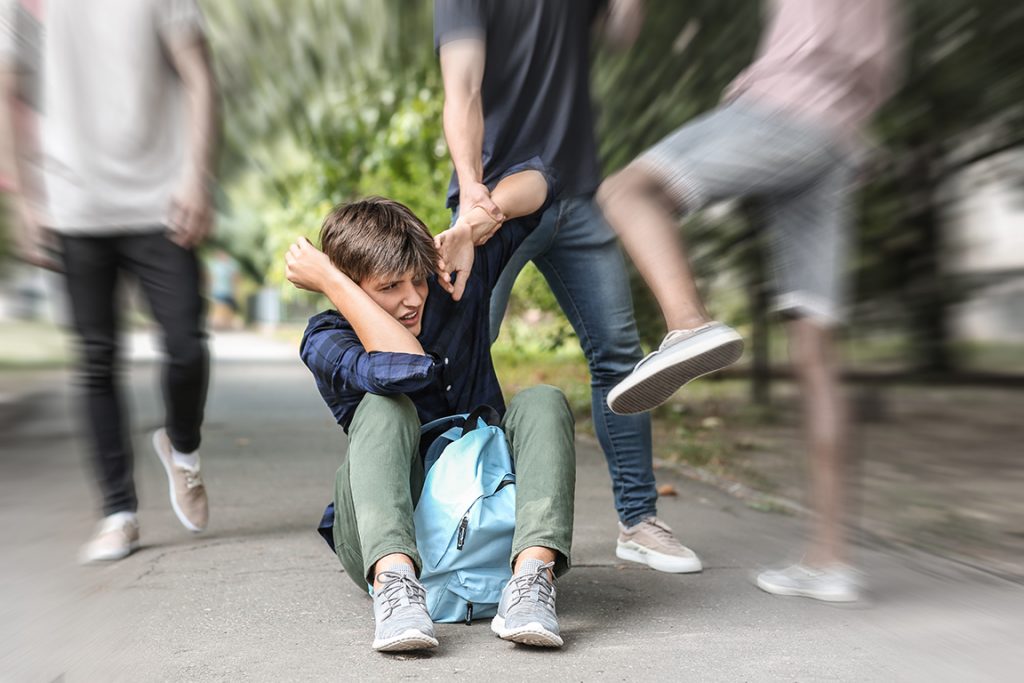Anti-stigma interventions may reduce school bullying, new research says

Researchers at Texas A&M University are uncovering effective strategies for reducing school violence including bullying, harassment, weapon use and cyberbullying.
In a recently study published in the Journal of School Health, Melissa DuPont-Reyes, assistant professor at the Texas A&M University School of Public Health, investigated the effectiveness of mental illness anti-stigma interventions in reducing peer violence among students with and without mental health problems. The findings of the study suggest that a curriculum intervention lessened peer violence victimization and perpetration.
Although anti-bullying interventions have been successful in reducing school violence in previous studies, no study has evaluated whether anti-bullying interventions can specifically reduce violence for students with mental health problems. This is a particularly important knowledge gap since mental health symptoms are associated with experiencing violence. Those with mental health problems are more likely to be victims than perpetrators of violence, as well as “bully/victims”—those who simultaneously are victims and perpetrators of violence among peers.
Using a randomized-controlled trial among 14 schools in an urban school district in Texas, the study tested the effectiveness of a novel, mental health anti-stigma “curriculum” intervention, and a “contact” intervention with two young adults with mental illness, against a control group. The curriculum intervention was designed to promote the acceptance of differences, foster empathy and change mental illness stigma. The contact intervention involved a discussion with two young adults who shared their experiences relating to their mental illness diagnosis and treatment.
“Previous studies have identified how anti-bullying interventions can effectively reduce school violence, but it is unknown how these interventions extend to students with mental health problems specifically, as these students are more likely to experience bullying and peer violence at school in general compared to not experiencing any bullying or violence at all,” DuPont-Reyes said. “A mental illness anti-stigma intervention that fosters feelings of acceptance and social integration among students with mental health problems may be an effective strategy to reduce stigma and increase help-seeking, as well as reduce peer violence, for students with mental health problems.”
The mental health curriculum intervention was effective in reducing verbal harassment of students with mental health problems, as well as reducing the use of physical, verbal, and social/relational violence among students with mental health problems up to two years post-intervention. The contact intervention was not effective in reducing peer violence for students with or without mental health problems. DuPont-Reyes notes that this finding is perhaps due to the absence of a discussion about empathy and acceptance of differences among peers in the contact intervention.

